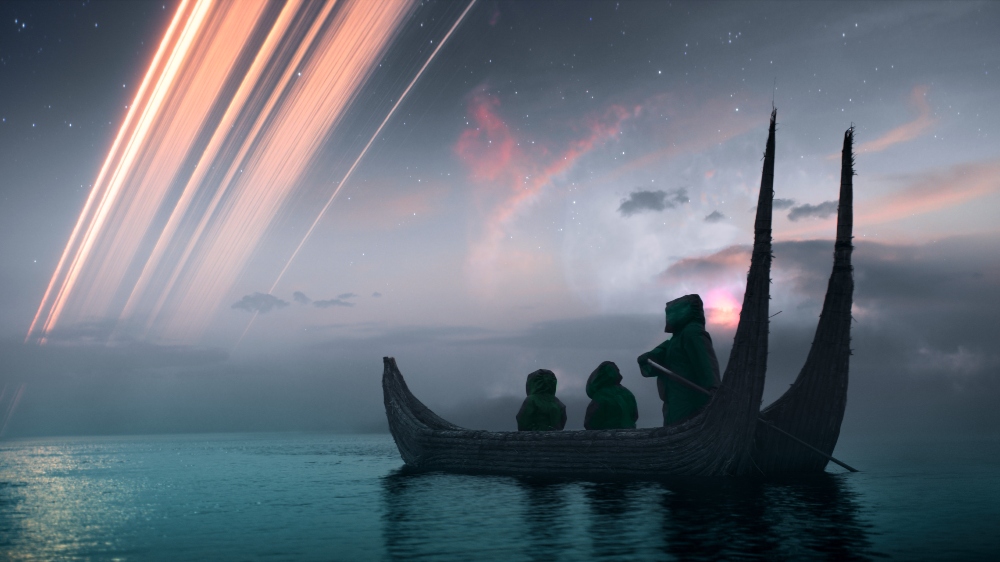
Based on Isaac Asimov‘s Hugo Award-winning novels, Foundation follows efforts by rebels to establish a new society before the current ruling empire collapses. The 10-episode first season is currently streaming in its entirety on Apple TV+, where the series proved popular enough with sci-fi fans that it was renewed for a second season.
Four characters play crucial roles — Scientist Hari Seldon (Jared Harris), who uses math to predict the downfall of the Empire, which is ruled by Lee Pace‘s galactic emperor(s). There’s also Gaal Dornick (Lou Llobell), an outcast from the waterlogged planet of Synnax who undertakes an interplanetary journey that helps spark the revolution, as well as Salvor Hardin (Leah Harvey), the de facto leader of the Foundation’s first outpost on the distant planet of Terminus, who confronts a mysterious object known as “The Vault.”
To help build the series’ planets and their infrastructure, showrunner David S. Goyer turned to Visual Effects Supervisors Chris MacLean and Mike Enriquez. MacLean previously worked on American Gods, Godless, and several other projects, while Enriquez’s credits include The Walking Dead, Westworld, and Star Trek: Picard.
The two recently spoke to Below the Line via a joint Zoom call:
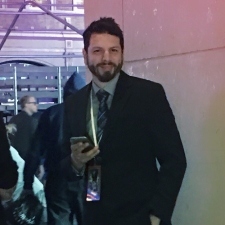
Below the Line: Can you guys please explain how you split up VFX duties on Foundation?
Chris MacLean: I am the overall visual effects supervisor for the series.
Mike Enriquez: I deal with post and vendors. Basically, interacting with vendors and making sure everything looked good. Then I talk to Chris and David and make sure everything is where we wanted it to be.
BTL: There’s enormous scope and scale to this series, not just in terms of the planets themselves, but how detailed they are. What can you tell us about that?
MacLean: It’s probably one of the biggest shows on television in terms of the amount of work that needs to be done. We’re about two-thirds into the first book, so we have a ways to go yet. The way the script breaks down the story gives us insight into the characters in ways that Asimov perhaps didn’t really expand on. I think it’s gonna take us a while to flesh this out in a way that maintains his story but also develops his characters in a meaningful way.
Enriquez: David’s got, I believe, eight seasons outlined. He has an overall view of the story, but a lot still needs to get fleshed out.
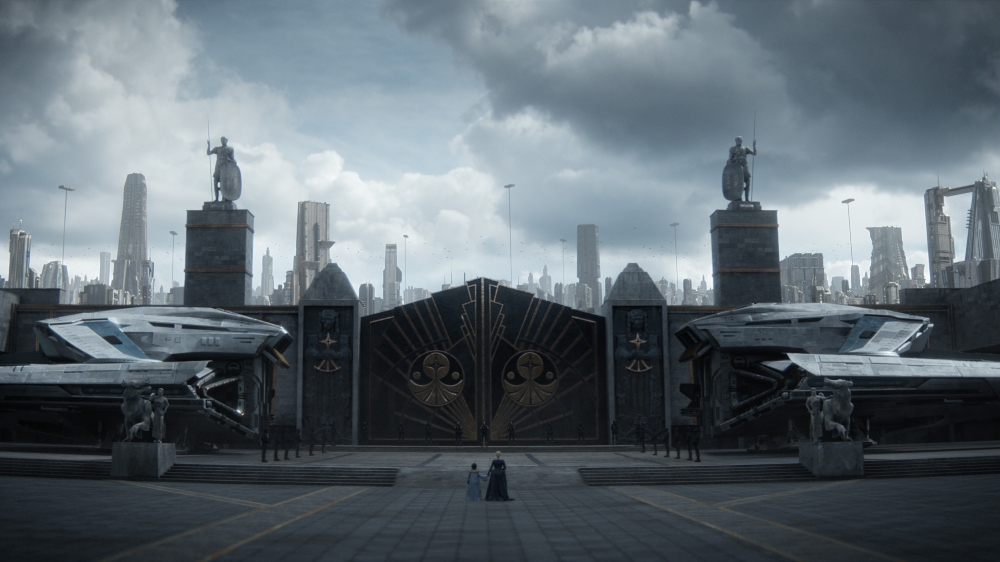
BTL: When did you first agree to work on the series and how did the project initially come to you?
Enriquez: I came on after the COVID pandemic put the show on pause. They were still figuring out how to move forward in terms of shooting the majority of the season that was left, as well as getting the post-production going. I came on board around August 2019 to handle the vendor component while Chris finished up the show.
MacLean: [Producer] Michael Malone called me about the show in March 2019. I interviewed with Skydance, and after talking to David, it seemed like a good fit. Then Rory Cheyne came on as production designer. We had both been on American Gods. We started working, and it’s been a whirlwind ever since.
BTL: Can you describe your collaboration with Cheyne?
MacLean: We kind of are in lockstep. We started flying all over Iceland, Malta, the Canary Islands, and Ireland, drawing on iPads and fleshing out visually what David had written. Once we had our ideas in place, we kicked off the concept artists. Then we collaborated the way you do with any other creative. Rory designs a ship, and then we talk about it. ‘This ship needs to travel faster than light, so how are we going to do that?’
Looking around at that time at a lot of 1970s sci-fi covers and films like Interstellar, the image of a black hole came up. We were like, ‘Okay, what if these ships generate black holes?’ There’s a ship that transports Gaal from Synnax to Trantor [that] needed to go through a black hole. That’s where we developed the idea that rings were going to generate the singularity to travel through space faster than light.
That’s what was exciting about the show. We were designing a new sci-fi visual language, one that hadn’t become established. When you work on Star Trek, like Mike has, or Star Wars, you have to live within the confines of what’s already been designed. Here, we got to start from scratch.
Enriquez: To Chris and Rory’s credit, I’ve never been on a show with this level of collaboration and meshing of departments.
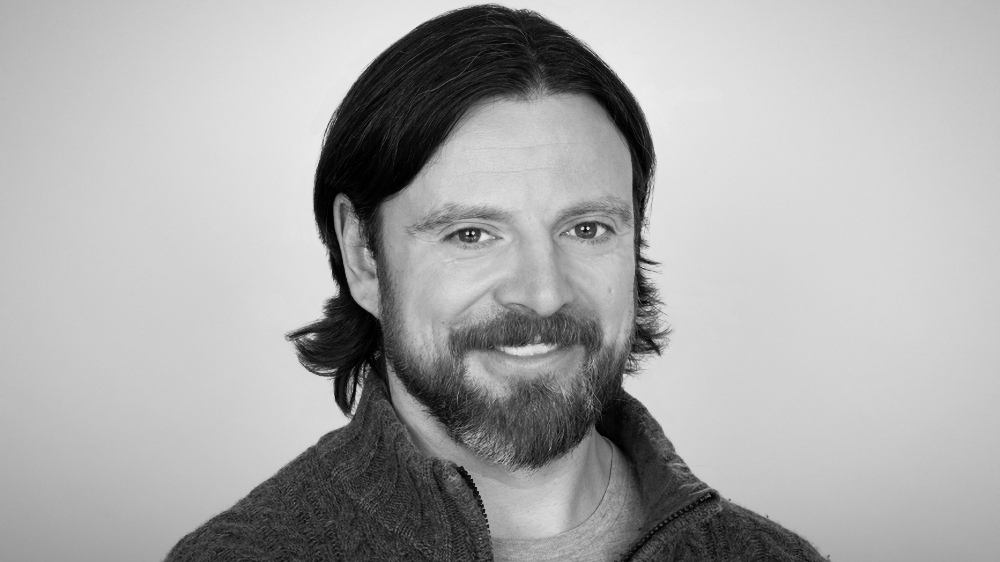
BTL: Do you think traveling faster than light is the biggest innovation on the show?
MacLean: I would say that was a big challenge. We wanted to pay homage to everything that came before us, and it was a way to introduce to viewers what we were planning to do. Which was, to ground our innovations in reality but turn up the saturation a bit.
One thing David wanted was to make sure we grounded everything in reality. We asked our science consultants what rings would look like from the surface of a planet. Or if you could see a nebula inside the atmosphere, what would that look like? Then we would add those to our show.
Two other big challenges were the Star Bridge, the space elevator on Trantor, and the Vault, which was described in a nebulous way, at first. We had to figure out how to take something like the monolith in Arrival, but also make it functional in a way that suited our story. We came up with the idea of a prime radiant being attached to the Vault, [with] math actually influencing its design in a way that’s hidden until the end of Season 1.
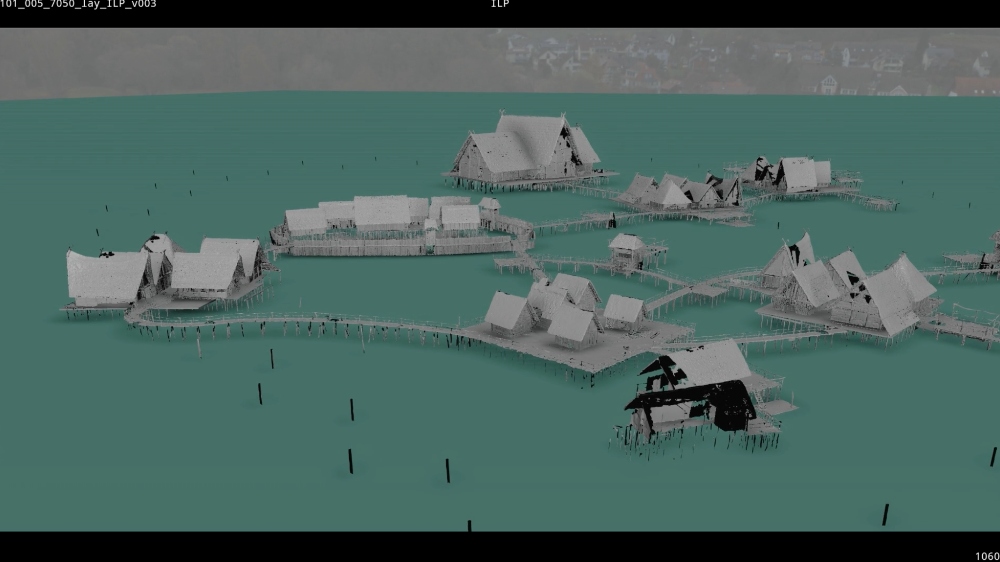
BTL: How big of a factor was previs?
MacLean: It was a huge factor, especially in the beginning. In terms of fleshing out ideas, but also to persuade Skydance and Apple, to present them with story-vis for scenes like the Star Bridge collapsing into the planet Trantor. We prevised it out with Chris Keller and DNEG, [and then] we added sound effects and some very big music. It was basically a tone map for how we were going to shoot it.
We did that with a couple of other sequences, like when Gaal returns to Synnax in Episode 10. At the studio, they were like, ‘Wow, you guys are really going for big stuff.’ They were excited about it, which was awesome.
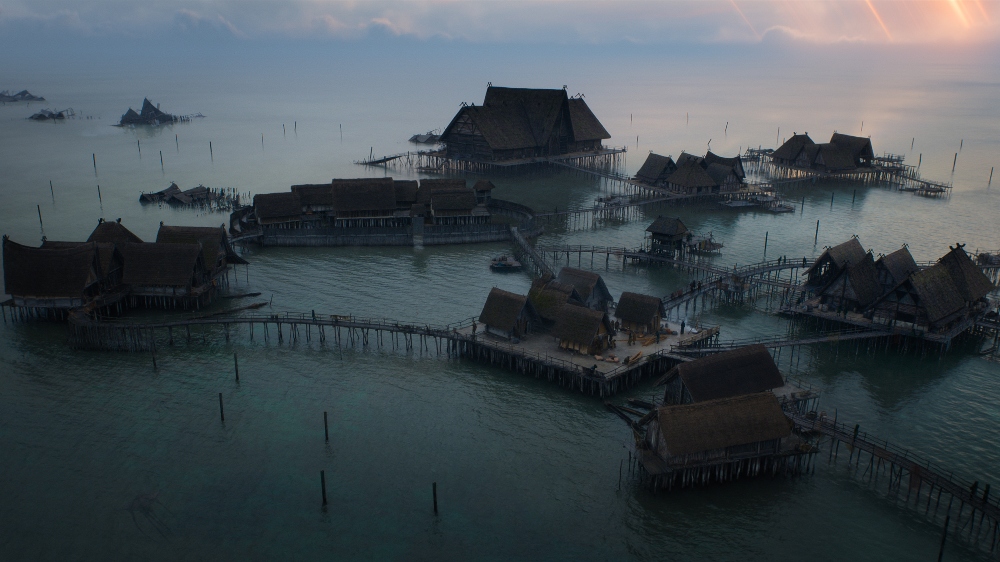
BTL: Did prevising help evolve ideas into unexpected areas?
MacLean: We changed things, like the Star Bridge. Some of the concept art tried to hold the planet and the saucer at the top of the bridge in the same frame. We found that made everything too short, too compressed. It didn’t give us a long enough throw, it didn’t create the sense of vertigo we were looking for.
The tether crashing stayed pretty much as it was storyboarded and prevised. There were instances where we wished we had more money to previs, like the lancers landing near the Vault in Episode 9. Mike ended up building that sequence out with Rodeo.
BTL: David Goyer has written that he wanted to make the series as realistic and as practical as possible. How did that affect your work?
MacLean: We started in Iceland where I would say 90 percent of what we did was practical. We augmented the landscape a bit. Most of the opening sequence on Terminus was practical. We added moons to the sky, or creatures, or things like that. When the kids approach the Vault, everything was practical in terms of what was there. Obviously, we added the Vault. Rory actually built a lot of the town on Terminus. We extended it, we did set extensions and things like that, but we tried to keep as much as possible on camera.
Enriquez: That shot where you see Hugo (Daniel McPherson) landing, and the kids are running up to him all excited, that was 100 percent in camera. It was really just for the aerial shot that we had to extend the town.
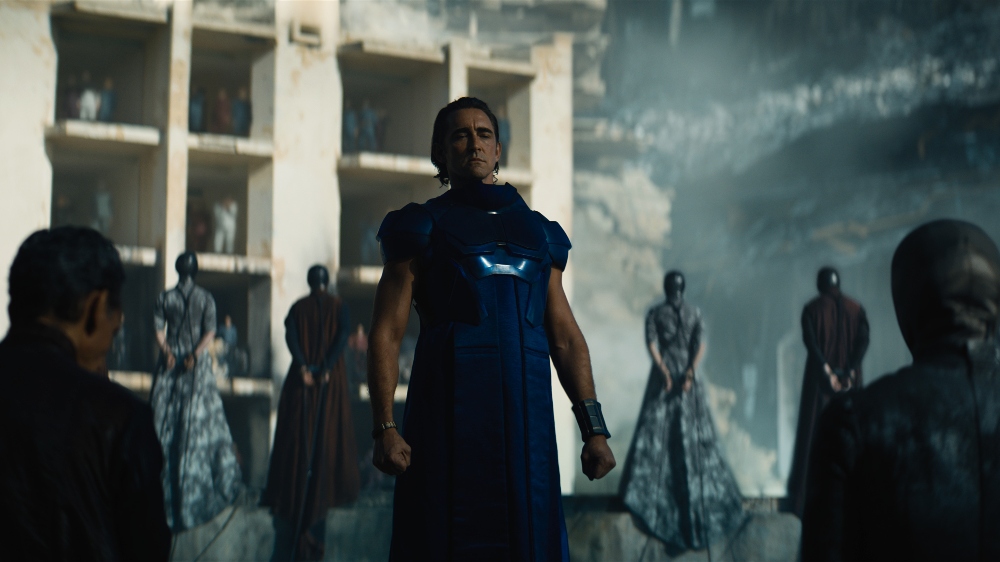
BTL: How did COVID affect your work?
Enriquez: Vendor-wise, everyone got hit, but in different ways. But it allowed us to spend a little more time on the tether crash in Episode 1. The production paused while some vendors were working on lighting tests for that.
What it really did was throw this odd curveball into a very complex show that needed a lot of attention. Not being able to work in the same place, for example. Work was done mostly from home, which was an odd way of doing things.
We also hit the reality of the vendors having either lost a lot of artists or trying to figure out the new pipeline and how all that’s going to work. We definitely found a bit of a brain drain in the industry. We had to use more vendors than we anticipated.
MacLean: For the shoot, capacity was reduced tremendously. In a scene where we would want 500 extras, we were getting less than 100. The pressure didn’t change. What we had to do didn’t change. We brought Mike on because the schedule didn’t change.
BTL: You’ll have a lot more money next season.
MacLean: No comment.





